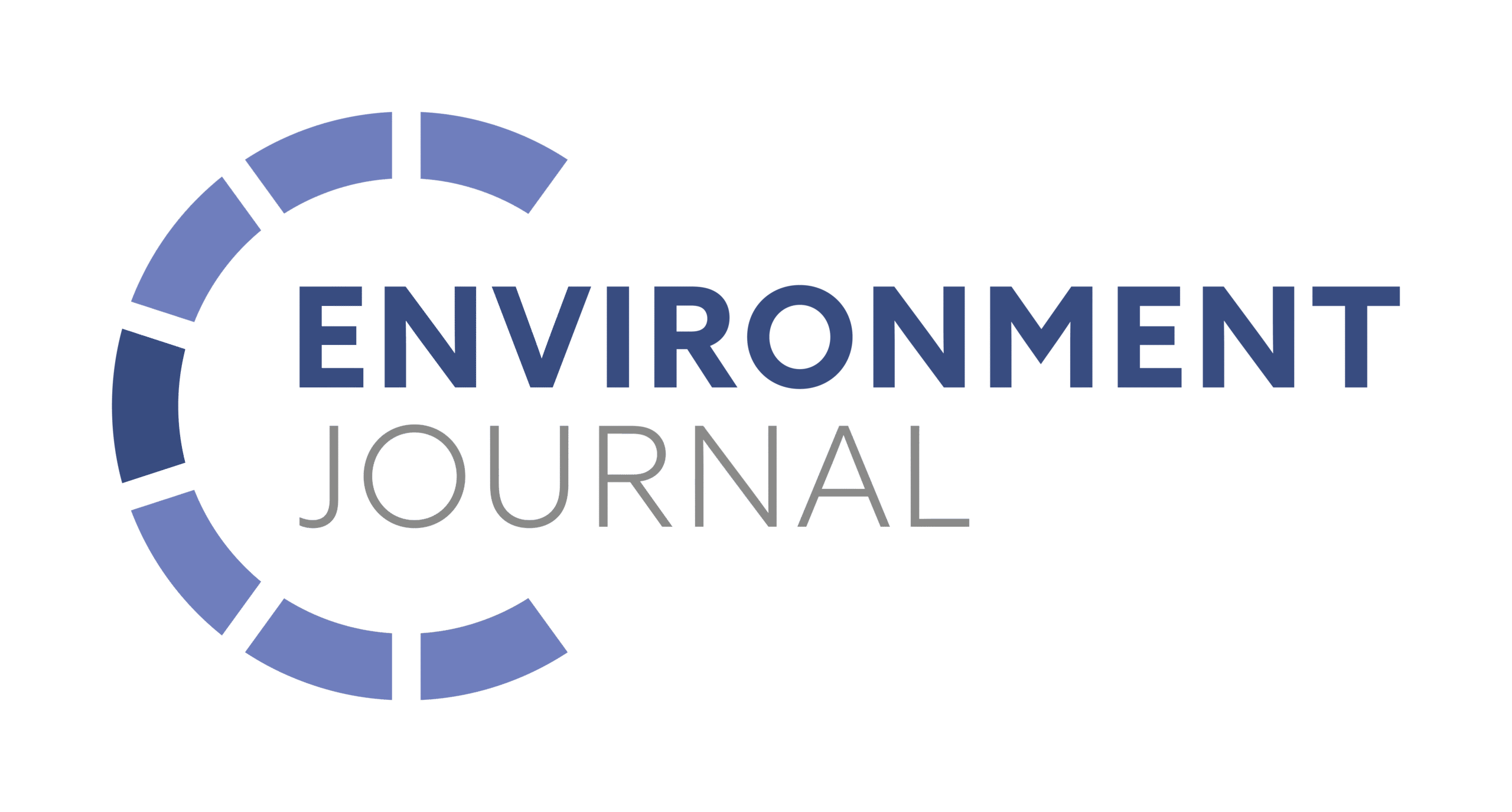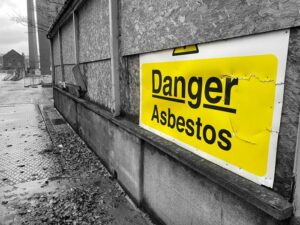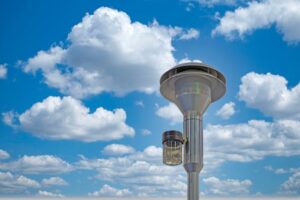Researchers have been examining the possibility that wind could be spreading microplastics and nanoplastics (MNP) from sewage spills into the air along coastlines.
The study was conducted by experts in marine science, human health and big data from the University of Plymouth and Plymouth Marine Laboratory.

The team have built on existing research which has identified microplastics in sewage overspills and other research which has confirmed the ability of wind to transport sea spray and sea foam into the air and onto land.
There is growing evidence that MNPs can remain in human lungs after being inhaled, and even ‘clean’ MNPs (without chemical or microbial contamination) can negatively affect cells and tissues. What remains unclear is exactly how people are exposed to these airborne particles and where they come from.
To investigate one possible pathway, the team looked at how often sewage overflows near Plymouth occurred when winds were blowing onshore.
It is known that when wind speeds exceed about 6.5 metres per second, small waves and sea foam are generated. This process releases a mix of substances from the ocean into the air such as salt, nutrients and biological materials.
They found that during 2022 and 2023, over half of the sewer spills happened during such winds, meaning that MNPs could have become airborne and reached land on about 89 days a year.
Satellite images also showed that sewage plumes during these events stretched several kilometres offshore, meaning onshore winds had to travel across polluted water before reaching land, potentially picking up MNPs along the way.
If wastewater is entering the sea and the wind is blowing toward shore, it’s possible that sea air becomes a source of breathable MNPs, along with any harmful microbes or chemicals they may carry.
These sewage spills happen because, like many older towns and cities, Portsmouth has combined sewer system, designed to carry both rainwater and wastewater through the same set of pipes.
In dry weather wastewater from homes and businesses is sent to a treatment plant but when heavy rain hits, stormwater flows into the same pipes. This can overwhelm the system’s capacity so, to avoid flooding homes and streets with backed-up sewage, the system discharges the excess mix of rainwater and raw or partially treated sewage directly into nearby rivers, lakes, or coastal waters.
Dr Lauren Biermann, Lecturer in Marine Science at the University of Plymouth and the study’s lead author, said: ‘Increasingly, I have been reading separate studies about incredibly high concentrations of microplastics and nanoplastics in sewage spills, how winds are stripping microplastics and nanoplastics from the ocean surface into the air, and the negative impacts of ingested or inhaled microplastics and nanoplastics on human health.
‘Our study is the first to make the connection between water pollution and air quality, and raises the question about potential health risks.’
Dr David Moffat, Artificial Intelligence and Data Scientist Lead at Plymouth Marine Laboratory and co-author on the study, said: ‘There has always been a gap between the amount of microplastics we believed were being deposited in the oceans, and the concentrations that were observed by ship-based measurements. We think we have finally worked out why, and the impacts on human health are concerning.’
Professor Clive Sabel, Professor of Big Data and Spatial Science at the University of Plymouth and co-author on the study, added: ‘The health implications of this work are important. Inhaled microplastics can cross into our blood streams and from there can accumulate in organs such as our brains and livers. We need legislation to force our UK water supply companies to remove microplastics from our waste water systems.’
Photo: University of Plymouth
















Leave a Reply